How To Use Polarizing Microscope ?
To use a polarizing microscope, first ensure that the microscope is properly set up and calibrated. Place the sample on the stage and adjust the focus using the coarse and fine focus knobs. Rotate the polarizer and analyzer to their crossed position, which blocks the passage of light. Gradually open the polarizer until a clear image is visible. Adjust the condenser and diaphragm to optimize the illumination. Rotate the stage to observe different areas of the sample. Use the analyzer to determine the polarization characteristics of the sample. Adjust the compensator if necessary to enhance contrast or remove interference colors. Take note of any observations and record them as needed. Finally, turn off the microscope and clean the lenses and stage before storing it properly.
1、 Setting up the polarizing microscope for optimal viewing conditions
Setting up the polarizing microscope for optimal viewing conditions is essential to ensure accurate and clear observations. Here is a step-by-step guide on how to use a polarizing microscope:
1. Start by placing the polarizing microscope on a stable and level surface. Ensure that the microscope is clean and free from any dust or debris.
2. Adjust the interpupillary distance by moving the eyepieces closer or further apart to match the distance between your eyes. This will provide a comfortable viewing experience.
3. Set the condenser to its highest position and insert a polarizer filter into the filter holder beneath the condenser. This filter helps to polarize the light before it enters the specimen.
4. Place the specimen on the stage and secure it using the stage clips or slide holder. Ensure that the specimen is properly centered and in focus.
5. Rotate the stage to align the specimen with the polarizer filter. This will allow the polarized light to pass through the specimen.
6. Look through the eyepieces and adjust the focus using the coarse and fine focus knobs until the specimen appears clear and sharp.
7. To enhance the contrast and observe birefringence, insert the analyzer filter above the objective lens. Rotate the analyzer filter until the desired effect is achieved.
8. Adjust the lighting conditions by adjusting the intensity of the light source or using a polarizing filter on the light source. This can help reduce glare and improve visibility.
9. Finally, record your observations and adjust the settings as needed for different specimens or objectives.
It is important to note that the specific steps may vary depending on the model and manufacturer of the polarizing microscope. Therefore, it is always recommended to refer to the microscope's user manual for detailed instructions.
In recent years, advancements in polarizing microscope technology have led to the development of digital polarizing microscopes. These microscopes incorporate digital imaging capabilities, allowing for easier documentation and analysis of specimens. Additionally, some models offer advanced features such as automated stage movement and image stitching, further enhancing the user experience and efficiency of polarizing microscopy.

2、 Adjusting the polarizer and analyzer to control light polarization
To use a polarizing microscope, one must first understand the basic components and their functions. The polarizing microscope consists of a light source, condenser, polarizer, specimen stage, objective lenses, analyzer, and eyepiece. The polarizer and analyzer are crucial for controlling light polarization.
To begin, turn on the light source and adjust the condenser to focus the light onto the specimen. Place the specimen on the stage and select the desired objective lens for magnification. Next, adjust the polarizer, which is located below the stage, to control the polarization of the light passing through the specimen. Rotating the polarizer will change the orientation of the polarized light.
The analyzer, located above the objective lens, can be adjusted to block or transmit polarized light. By rotating the analyzer, one can control the amount of light that reaches the eyepiece. This adjustment is particularly useful for enhancing contrast and reducing glare.
It is important to note that the polarizer and analyzer should be aligned properly to obtain the desired effect. When the polarizer and analyzer are parallel, maximum light transmission occurs, while crossing them blocks the light completely. Adjusting the angle between the polarizer and analyzer allows for intermediate levels of light transmission.
In recent years, advancements in polarizing microscope technology have led to the development of more sophisticated systems. These include features like automated polarizers and analyzers, which can be controlled electronically. Additionally, some polarizing microscopes now offer the ability to capture digital images and videos, allowing for easier documentation and analysis.
Overall, understanding how to adjust the polarizer and analyzer to control light polarization is essential for effectively using a polarizing microscope. By mastering these adjustments, researchers can enhance image quality, improve contrast, and gain valuable insights into the properties of various specimens.
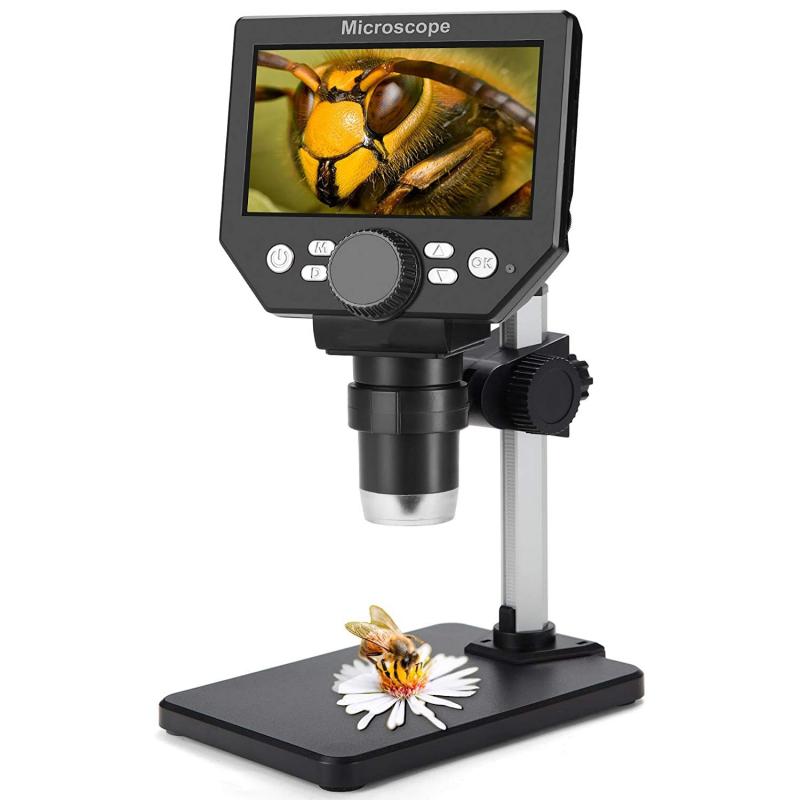
3、 Identifying and analyzing birefringent materials under polarized light
To use a polarizing microscope for identifying and analyzing birefringent materials under polarized light, follow these steps:
1. Set up the microscope: Place the polarizing microscope on a stable surface and ensure it is properly aligned. Adjust the light source and condenser to provide even illumination.
2. Insert the sample: Place the birefringent material on the microscope stage and secure it in place. Ensure the sample is thin enough for light to pass through.
3. Adjust the polarizers: Rotate the polarizer and analyzer to their crossed position, where no light passes through. Gradually rotate the analyzer until a clear field of view is achieved.
4. Observe the sample: Look through the eyepiece and observe the sample under polarized light. Birefringent materials will exhibit different colors and patterns due to the varying refractive indices of different crystal orientations.
5. Analyze the sample: Use the microscope's magnification and focus controls to examine different areas of the sample. Note any changes in color or pattern, which can indicate variations in crystal structure or stress within the material.
6. Take measurements: If necessary, use additional tools such as a reticle or stage micrometer to measure the size or orientation of specific features within the sample.
7. Document and interpret the results: Record your observations and compare them to known birefringent materials or reference materials. Consult relevant literature or experts to interpret the findings and draw conclusions about the sample's composition or properties.
It is important to note that the latest advancements in polarizing microscopy include digital imaging capabilities, allowing for more precise measurements and analysis. Additionally, advanced techniques such as polarized light microscopy combined with other analytical methods like Raman spectroscopy or Fourier-transform infrared spectroscopy can provide even more detailed information about birefringent materials.
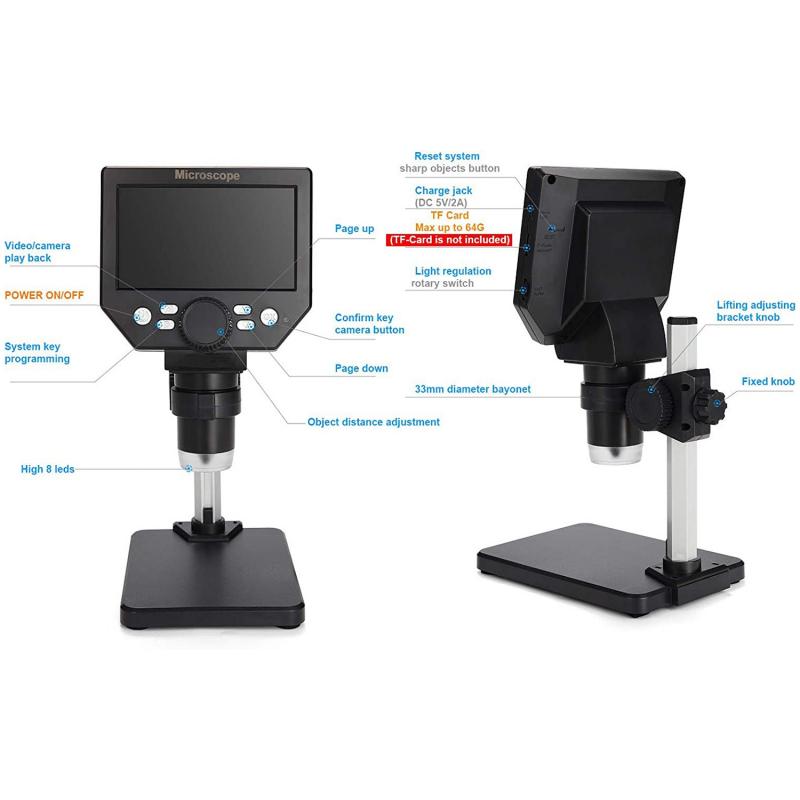
4、 Understanding the concept of extinction and its application in polarized microscopy
Understanding the concept of extinction and its application in polarized microscopy is crucial for effectively using a polarizing microscope. A polarizing microscope is an optical instrument that utilizes polarized light to examine and analyze various samples. Here is a step-by-step guide on how to use a polarizing microscope:
1. Familiarize yourself with the microscope: Understand the different components of the polarizing microscope, such as the polarizer, analyzer, stage, objectives, and eyepieces. Ensure that the microscope is properly set up and calibrated.
2. Prepare your sample: Place the sample on the stage and secure it using the appropriate sample holder or slide. Ensure that the sample is clean and free from any debris or contaminants.
3. Adjust the polarizer and analyzer: Rotate the polarizer and analyzer to their respective positions. The polarizer is usually located beneath the stage, while the analyzer is positioned above the objectives. Align the polarizer and analyzer to allow light to pass through the sample.
4. Observe the sample: Look through the eyepieces and focus on the sample using the coarse and fine adjustment knobs. Adjust the lighting conditions, such as the intensity and angle of the light, to enhance the visibility of the sample.
5. Analyze the sample: Rotate the stage or sample holder to observe the sample from different angles. This will help identify any birefringent or anisotropic properties of the sample. Birefringence refers to the ability of a material to split light into two polarized components, which can be observed as different colors or patterns under polarized light.
Extinction is a critical concept in polarized microscopy. It occurs when the polarizer and analyzer are aligned at a specific angle, resulting in the complete elimination of light passing through the sample. This angle is known as the extinction position. By rotating the analyzer, one can determine the orientation of the sample's optical properties.
The application of extinction in polarized microscopy allows for the identification and characterization of various materials. It can be used to determine the crystallographic orientation of minerals, analyze the stress distribution in materials, and identify the presence of birefringent substances in biological samples.
In recent years, advancements in polarized microscopy have led to the development of new techniques and technologies. For example, digital polarizing microscopes now allow for the capture and analysis of polarized images using computer software. This enables more accurate and quantitative analysis of samples.
In conclusion, understanding the concept of extinction and its application in polarized microscopy is essential for effectively using a polarizing microscope. By following the steps outlined above and staying updated with the latest advancements in the field, researchers and scientists can harness the power of polarized light to gain valuable insights into various samples and materials.






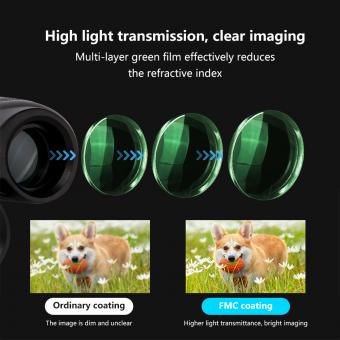








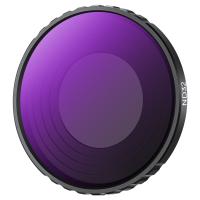




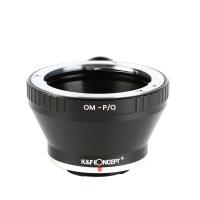









There are no comments for this blog.